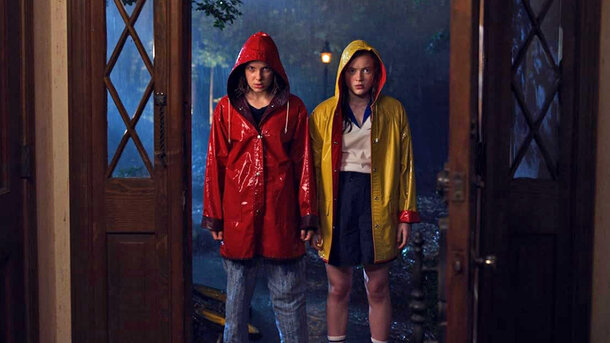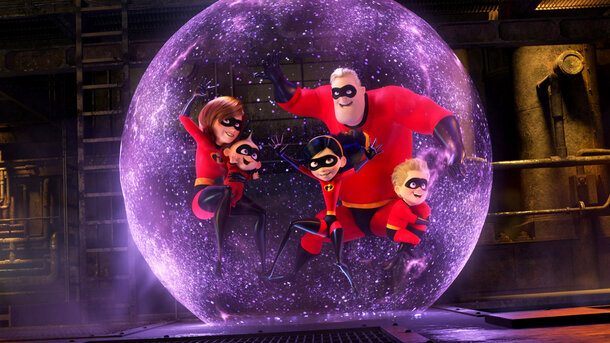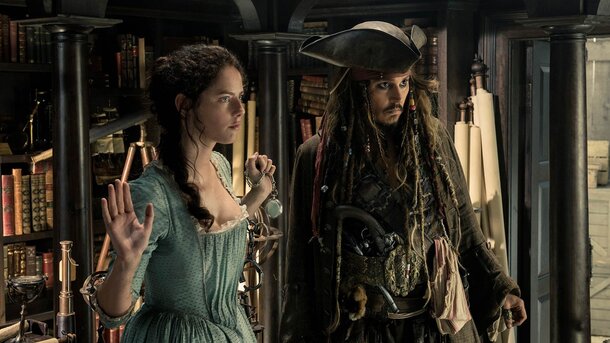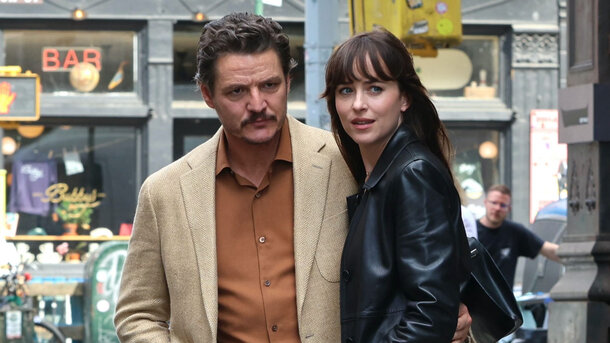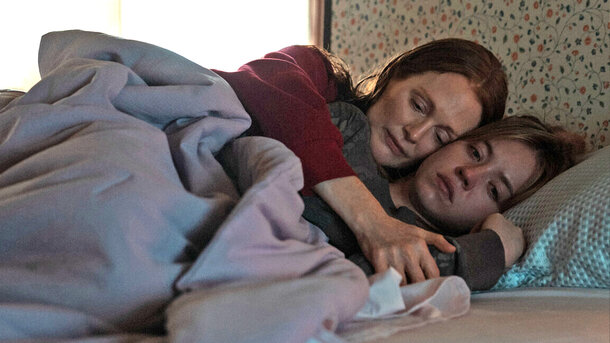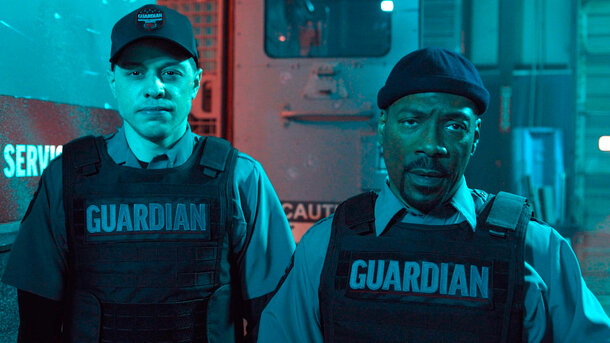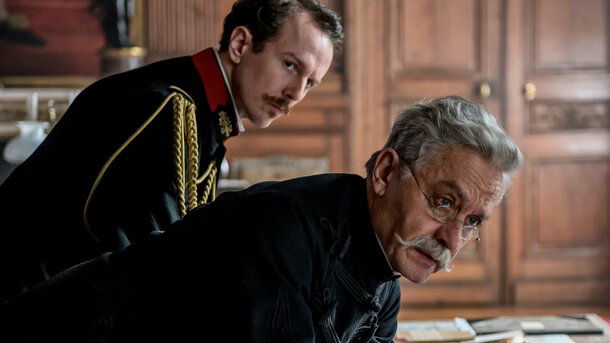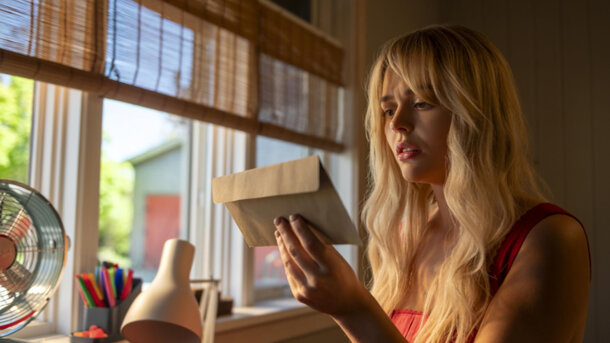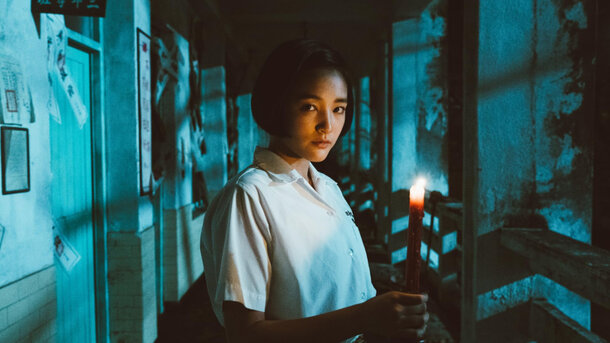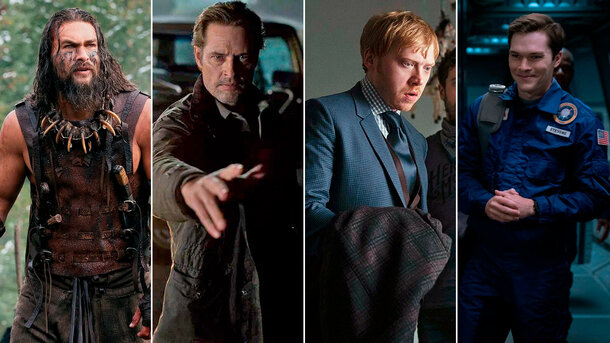Hard to believe, but Stranger Things — the very story of Hawkins, the Upside Down, and kids on bikes — was originally meant to look entirely different. In an alternate universe, the series wouldn’t even be called Stranger Things, but the modest Montauk — named after the town on the eastern tip of Long Island, where rumors say creepy experiments were conducted at a military base called Camp Hero.
So instead of the grim Kamchatka storyline in season 4, we would have seen a boundless ocean, thick fog, and a wild conspiracy theory.
Horror for All Ages: Kids Are King, Teens Are Craven, Adults Are Spielberg
The Duffer Brothers’ project was conceived as an anthology in the spirit of Stephen King. The concept was simple: kids like in It or Stand by Me, teens like from A Nightmare on Elm Street or Halloween, and adults — heroes in the style of Spielberg’s E.T.
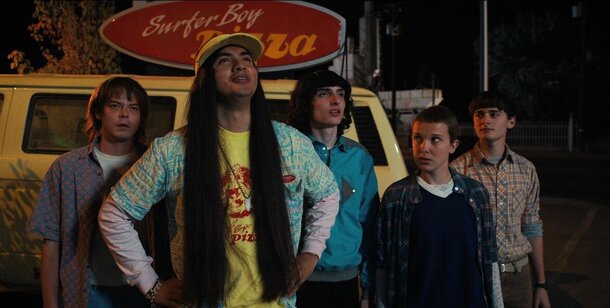
At the same time, the first season’s plot was standalone, and each new season was meant to tell a different story — with a new cast and a time jump forward, for example, into the 1990s. That’s right, the 'kids of Hawkins' weren’t initially meant to launch a franchise.
Nancy Without Barb, Lucas Without Logic, and No Demogorgon
On the first pages of the pitch deck — styled like a worn-out paperback from the ’80s — familiar characters appeared, but with noticeable differences. Hopper and Joyce, for example, remained largely unchanged — their personalities were set from the start. But Nancy was originally just a typical teen drama character, not a 'final girl' or a Demogorgon-hunting warrior.
Barb didn’t exist at all — yet her disappearance later became a key turning point for Nancy’s development.
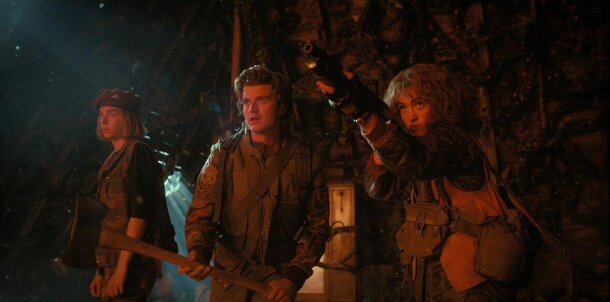
The kids were also quite different. Lucas, for instance, was imagined as a boy with destructive behavior due to issues at home — unlike the focused and rational version played by Caleb McLaughlin. Even the monster world wasn’t tied to Dungeons & Dragons — the iconic role-playing game barely featured in early drafts. No Demogorgon, no Vecna. Just the ocean, strange fog, and the atmosphere of old VHS horror.
Terry Instead of Murray, Mr. Clarke as Indiana Jones
Even Murray appeared in early drafts under the name Terry — a name later 'transferred' to Eleven’s mother. Mr. Clarke, meanwhile, was imagined as a local Indiana Jones — though he eventually became a sweet science teacher instead.
All of this came from one simple idea: Montauk was designed as a retro-style chiller — atmospheric, contained, and complete. But after talks with Netflix, the show evolved into a much broader project — one with sequel potential, memorable characters, and a cultural footprint that would span decades.
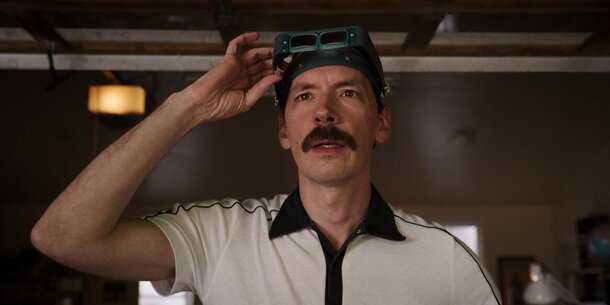
A Copy Became an Original
And here’s the paradox: dropping the anthology format and moving the story to Indiana gave the project what it was missing — a soul. Instead of an atmospheric It copy, we got a unique mix of thriller, fantasy, and melodrama, where viewers fell in love with the characters — and didn’t want to let go.
Stranger Things became more than just an ’80s homage — it became a new mythology for a generation born after VHS. And it all began with a fictional town that never even made it to the screen.
